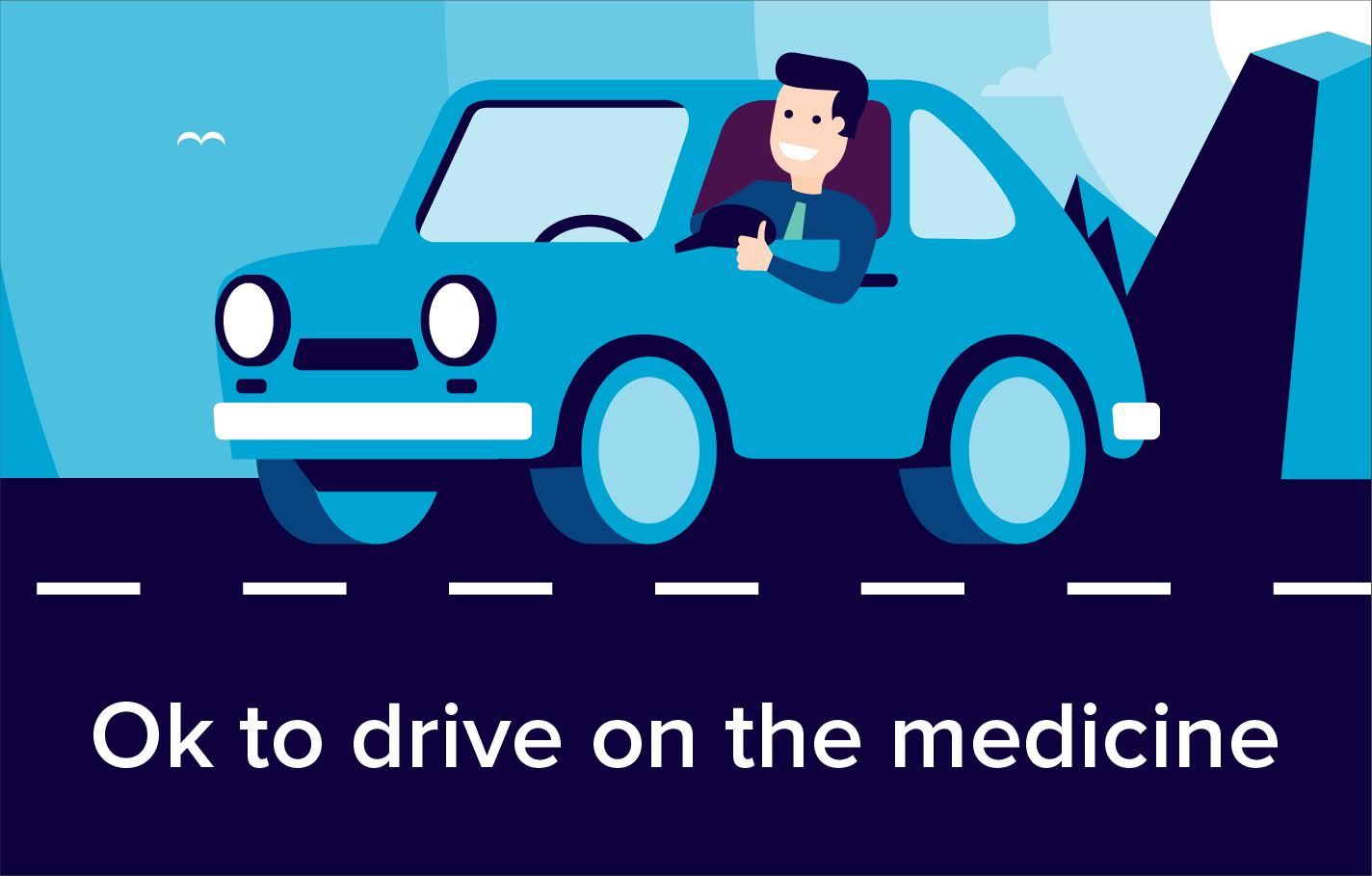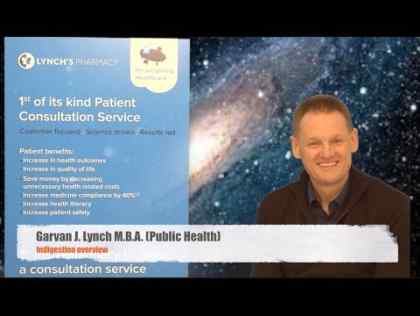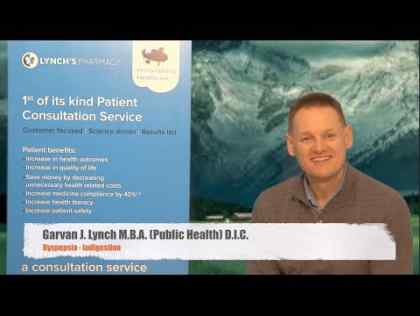This medicine helps stop reflux, which is when your baby's stomach contents flow back up into their foodpipe, causing them to be sick after feeds.

What is Gaviscon infant used for?
- Treating gastro-oesophageal reflux in babies, including reflux associated with a hiatus hernia.
- Preventing regurgitation of the stomach contents in babies.
Regurgitation of the stomach contents is common in babies and infants because the muscular ring at the lower end of the food pipe (oesophagus) isn't yet fully developed. It can allow the contents of the stomach to flow back into the food pipe when the stomach is full. This is called reflux and may result in small amounts of milk and stomach acid being brought back up into the mouth after a feed (sometimes called posseting).
Some infants are particularly susceptible to reflux, especially if they are very hungry prior to a feed or swallow more air than normal as they feed. In some babies it's merely the appropriate response to overfeeding. It's no cause for concern if the baby is happy, feeds well and gains weight. In this case the reflux normally resolves itself as the infant starts to eat more solids and spends more time in an upright position.
Gaviscon infant may be recommended by a doctor or pharmacist if your baby is not gaining weight properly or has complications of the reflux, such as discomfort or distress. It may also be recommended if the child has a hiatus hernia that is causing the reflux. It should only be given on the advice of a medical professional.
How does Gaviscon infant work?
Gaviscon infant sachets contain two active ingredients, sodium alginate and magnesium alginate. These are naturally occurring substances found in a particular type of seaweed.
The active ingredients are not absorbed into the baby's bloodstream. Instead they work by reacting with the stomach contents to form a gel. This gel thickens the stomach contents, making it more difficult for a feed to reflux back into the food pipe and be brought back up.
How do I give Gaviscon infant?
- The amount of medicine to give and how to give it depends on how much the baby weighs and how they are being fed.
- The contents of the sachets should only be mixed up as needed; the medicine should not be mixed up and saved for later.
- Babies weighing less than 4.5kg (10lb) should be given the contents of one sachet with each feed.
- Babies weighing more than 4.5kg (10lb) should be given the contents of two sachets with each feed.
- Breastfed babies: Mix the contents of each sachet with 5ml (1 teaspoon) of cooled, boiled water until you have a smooth paste. Then add another 10ml (2 teaspoons) of cooled, boiled water and mix. Give this part way through each feed or meal using a spoon or feeding bottle.
- Bottlefed babies: Mix each sachet into 115ml (4 fl oz) of feed in the bottle. Shake well. Feed your baby as normal.
- Babies that have been weaned: Mix the contents of each sachet with 5ml (1 teaspoon) of cooled, boiled water until you have a smooth paste. Then add another 10ml (2 teaspoons) of cooled, boiled water and mix. Give this at the end of each meal using a spoon or feeding bottle.
- Do not give Gaviscon infant more than six times in 24 hours. The medicine contains sodium and excessive use could raise the amount of sodium in the child's blood.
If you forget to give a dose you should just leave out that dose. Do not give a double dose with the next feed.
- If your baby's symptoms don't improve or get worse after giving them Gaviscon infant you should consult your doctor for advice.
- Do not use this medicine for more than seven days without having your baby reviewed by your doctor.
Gaviscon infant should not be given to:
- Babies with a blockage in the gut (intestinal obstruction).
- Babies with diarrhoea or gastroenteritis.
- Babies who could become dehydrated, for example because they have a fever (high temperature), diarrhoea or vomiting, or if the ambient temperature is very warm.
- Babies with known or suspected kidney problems.
- Babies that have been put on a low sodium (salt) diet.
- Premature babies.
- Babies under one year of age, unless on the advice and supervision of a doctor.
- Gaviscon is not appropriate for use in children over two years of age, adults or elderly people.
Don't use Gaviscon infant if you know your child is allergic to any of its ingredients. Please inform your doctor or pharmacist if your child has previously experienced such an allergy. If you feel your child has had an allergic reaction, stop using Gaviscon infant and get medical advice immediately.
What are the possible side effects of Gaviscon infant?
Medicines and their possible side effects can affect individual people in different ways. The following are some of the side effects known to be associated with Gaviscon infant. Just because a side effect is stated here doesn't mean that all babies given this medicine will experience that or any side effect. Side effects are very rare or unknown frequency.
- Constipation or diarrhoea.
- Bloating and discomfort of the stomach.
- Hypersensitivity reactions.
Read the leaflet provided with Gaviscon infant or consult your doctor or pharmacist if you want any more information about possible side effects.
Can I use Gaviscon infant with other medicines?
- Make sure you tell your doctor or pharmacist if you're already giving your baby any other medicines before giving them Gaviscon infant as well.
- Gaviscon infant should not be used with thickening agents or infant milk preparations containing a thickening agent, as this could lead to over-thickening of the stomach contents.
- It's fine to give your baby infant paracetamol or ibuprofen while you're giving them Gaviscon infant, assuming these are appropriate for your child.
References:
http://www.netdoctor.co.uk/medicines/digestive-health/a6796/gaviscon-infant/
http://www.gaviscon.co.uk
http://www.gaviscon.ie/products/?gclid=CJ_b89XLwtECFa287QodfWsLCg
https://www.gaviscon.com



